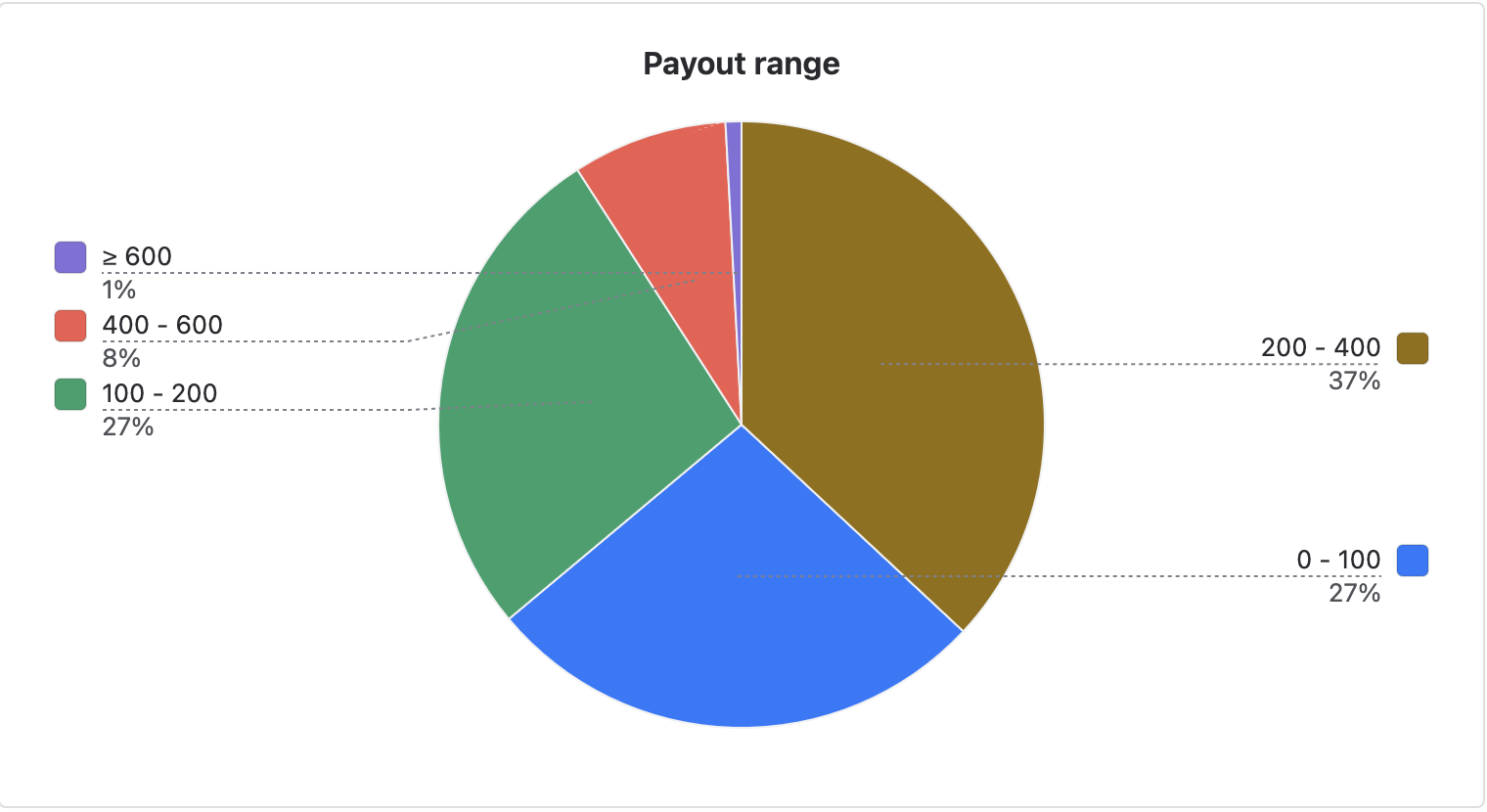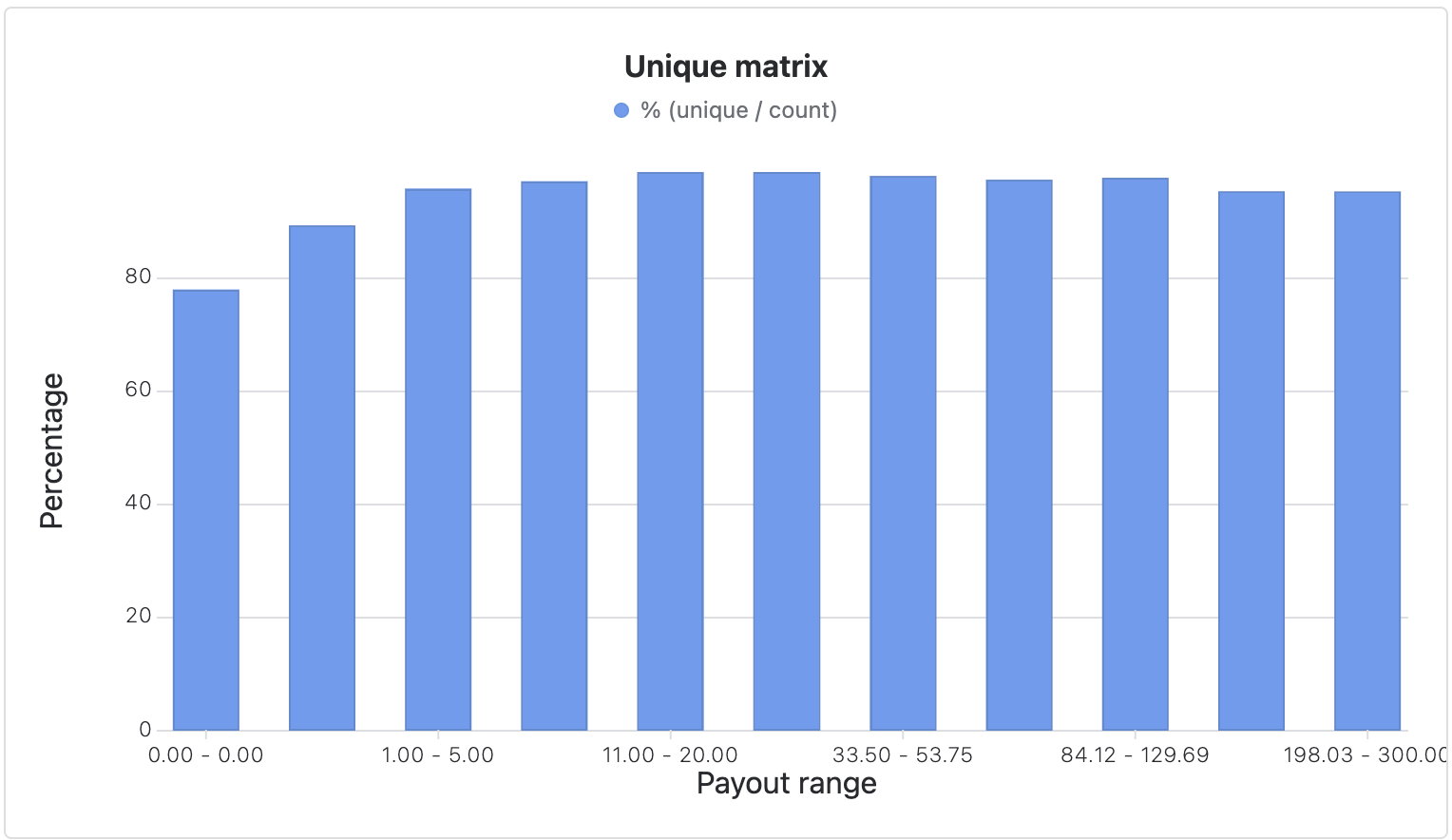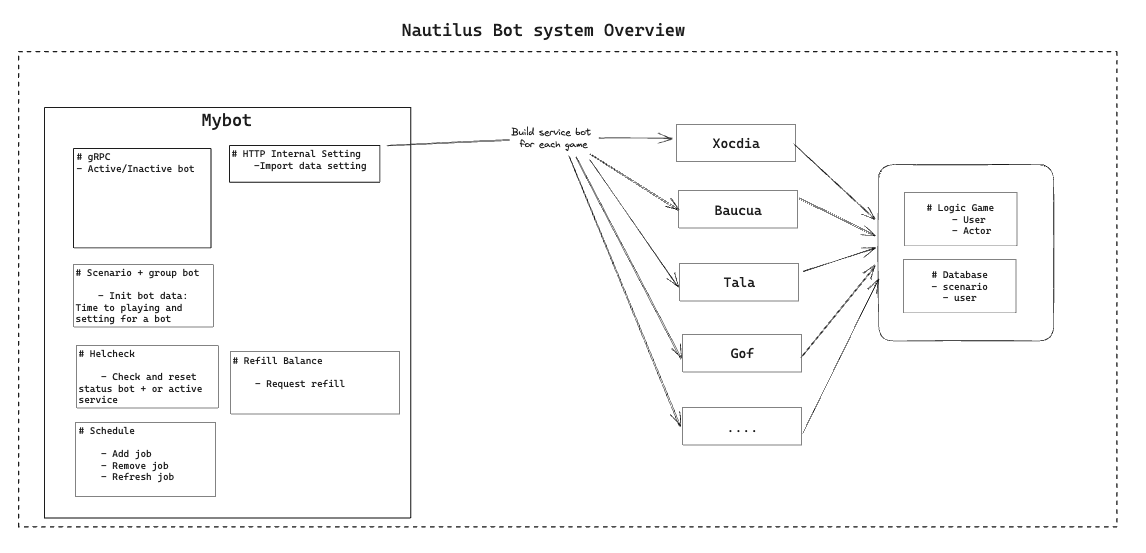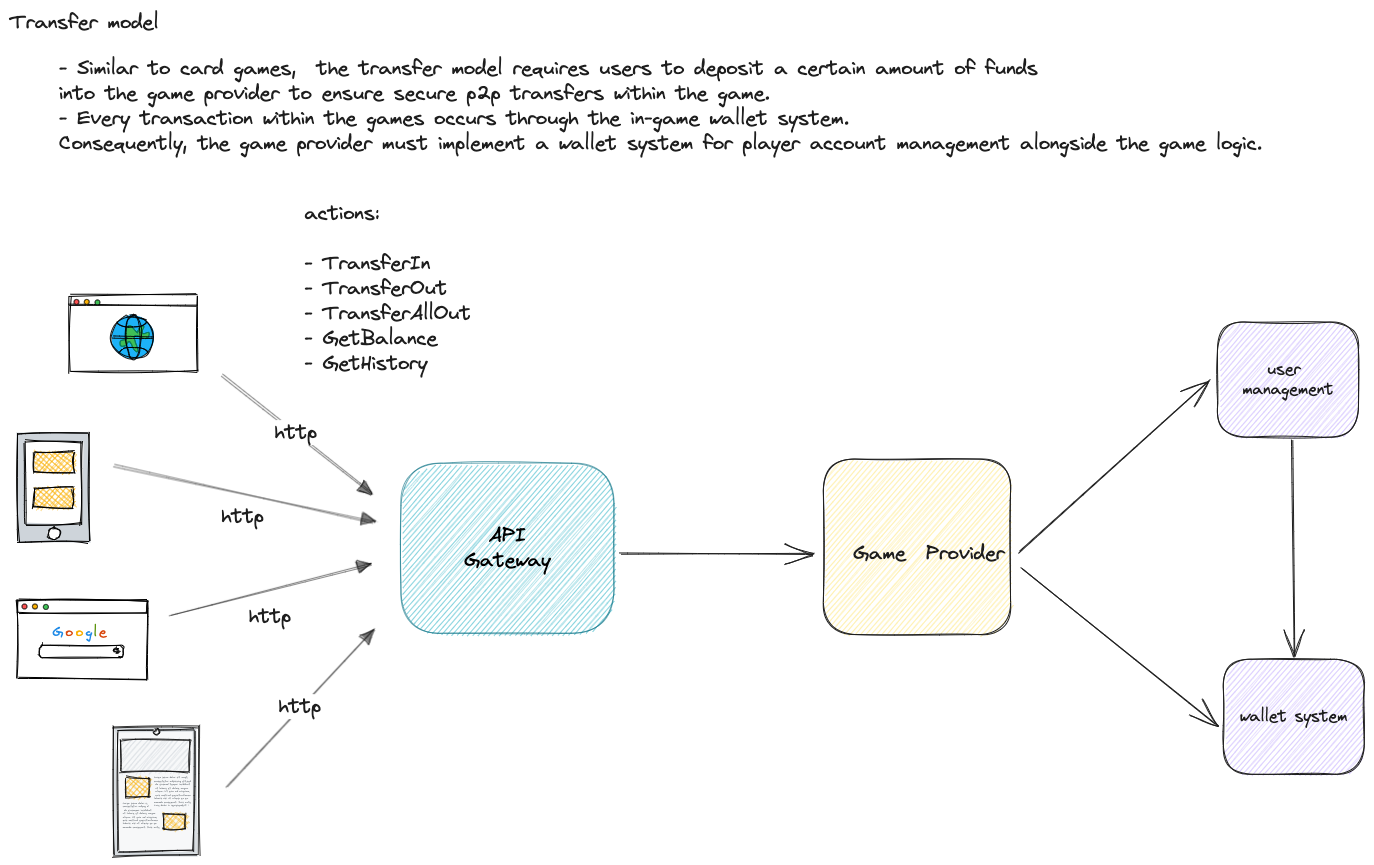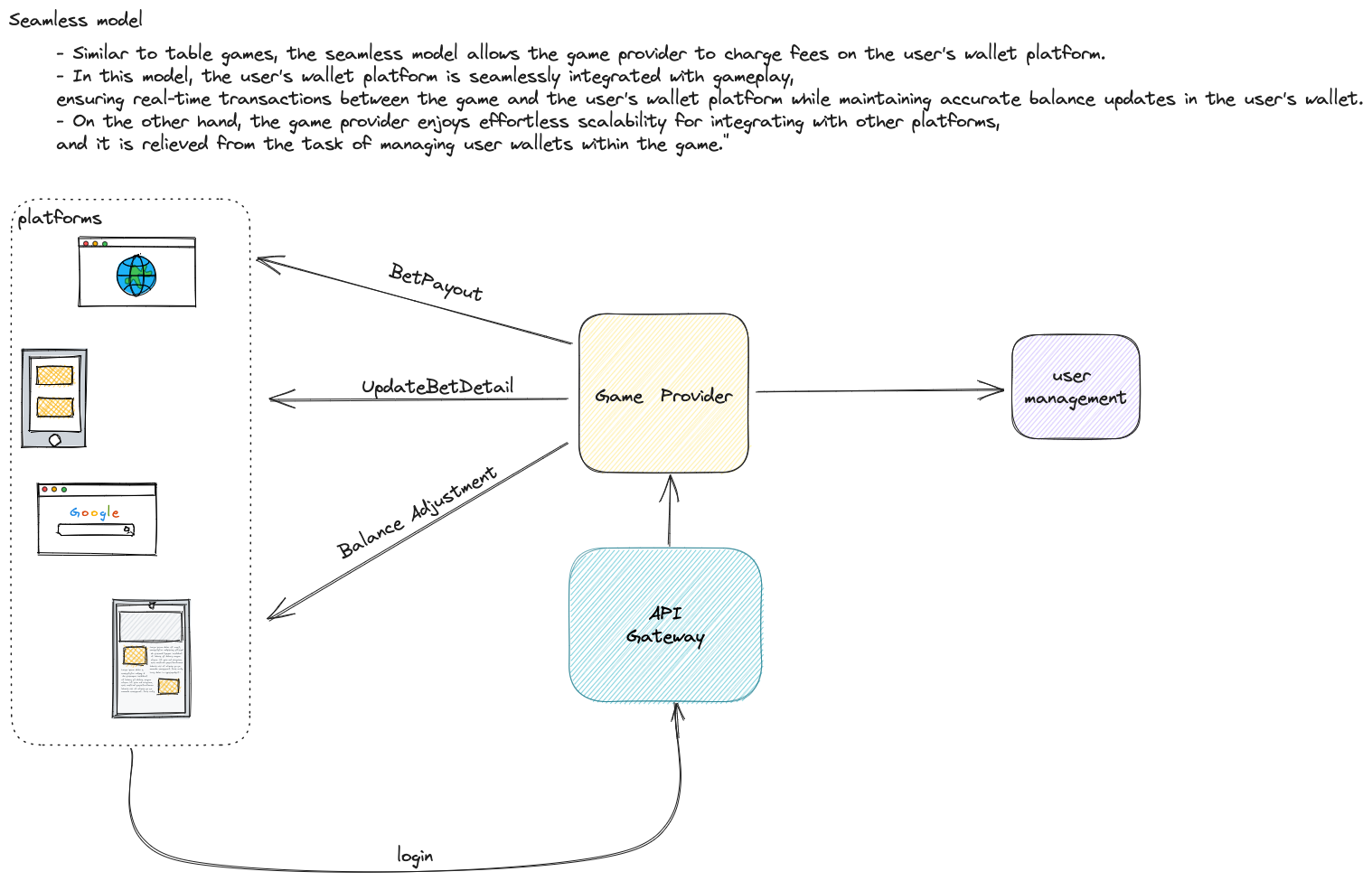Here are books that I write them under our career ladders and it based on my
personal references which I believes with fit for you, but you can read them even if
you're not reach that milestones, you can read it whenever it catch your intention.
This library will keep update time by time, content of those books based on our technical stack and
our engineer culture. Feel free to contribute books that really help you in our career.
Individual Contributor
Associate Software Engineer
As in early of in a career, I think we should by a strong foundation on how be a good engineer, write a good code
In my early of my career, Java is the second language that I worked on my job, and as a developer came from Java World & one of the questions I always ask when start write a program with Go Lang is "How to use Dependency Injection in Go Lang?" & This book completed answering my question. Beside of that, it provides much useful knowledge to "Never Stop Aiming for Better."
I love the format of this book; each chapter always ends with some question to remind you, do you understand what the author wants to show you in this chapter.
And this book shows how to apply DI in many ways based on design principles like SOLID.
Hands-On Dependency Injection in Go
Link to buy: Amazon
This is the book I wish I could have read early in my career as a software developer.
The Software Engineer's Guidebook: Navigating senior, tech lead, and staff engineer positions at tech companies and startups.
Link to buy: Amazon
Software Engineer
After 1-2 years as a new engineer, time to setup a good philosophy to be continue in that journey
This book will be a good guideline
The Pragmatic Programmer: From Journeyman to Master
Link to buy: Amazon
In this milestone of your journey you started to take care a larger part, your scope of work is extended
And you started serious about system design, how to know it's good design or bad design
This book not only practice for interview, but actually you can learn a lot from the way to build a good system
System Design Interview – An insider's guide
Link to buy: Amazon
System Design Interview – An Insider's Guide: Volume 2
Link to buy: Amazon
Senior Software Engineer
“This book belongs on the shelf of every thoughtful software developer.”
—Kent Beck
Domain-Driven Design: Tackling Complexity in the Heart of Software
Link to buy: Amazon
Staff Software Engineer
This book feels like the missing manual for my whole career. It’s amazingly reassuring to see the ambiguity of the role laid out in print, along with great specific guidance on time management, consensus building, etc. I’m going to cite this a lot.
—Titus Winters, principal engineer, Google, and
coauthor of Software Engineering at Google
The Staff Engineer's Path
Link to buy: Amazon
Manager
Lead Software Engineer
The Manager’s Path gives the big picture perspective on what a career in engineering management looks like. Camille provides very tactical advice for each career stage. And because engineering managers have a great responsibility to their reports to learn how to manage well, you should read this book and learn how it is done. This book is a practical guide to understanding and pursuing a career in Engineering Management.
—Liz Crawford, Entrepreneur in Residence, Genacast Ventures; former CTO, Birchbox
The Manager's Path: A Guide for Tech Leaders Navigating Growth and Change
Link to buy: Amazon
Software Engineer Manager
As managers around the world grapple with a complex economic environment, this book provides a rich roadmap for extracting the full value of the people in their organizations. This book is a great investment for anyone managing a business in the innovation marketplace.
—Jeff Henley, chairman of the board, Oracle Corporation
Multipliers: How the Best Leaders Make Everyone Smarter
Link to buy: Amazon
Senior Software Engineer Manager
out·li·er -,l()r\ noun
1: something that is situated away from or classed differently from a main or related body
2: a statistical observation that is markedly different in value from the others of the sample
Outliers: The Story of Success
Link to buy: Amazon
Most business books give you the same old advice: Write a business plan, study the competition, seek investors, yadda yadda. If you're looking for a book like that, put this one back on the shelf.
Read it and you'll know why plans are actually harmful, why you don't need outside investors, and why you're better off ignoring the competition. The truth is, you need less than you think. You don't need to be a workaholic. You don't need to staff up. You don't need to waste time on paperwork or meetings. You don't even need an office. Those are all just excuses
